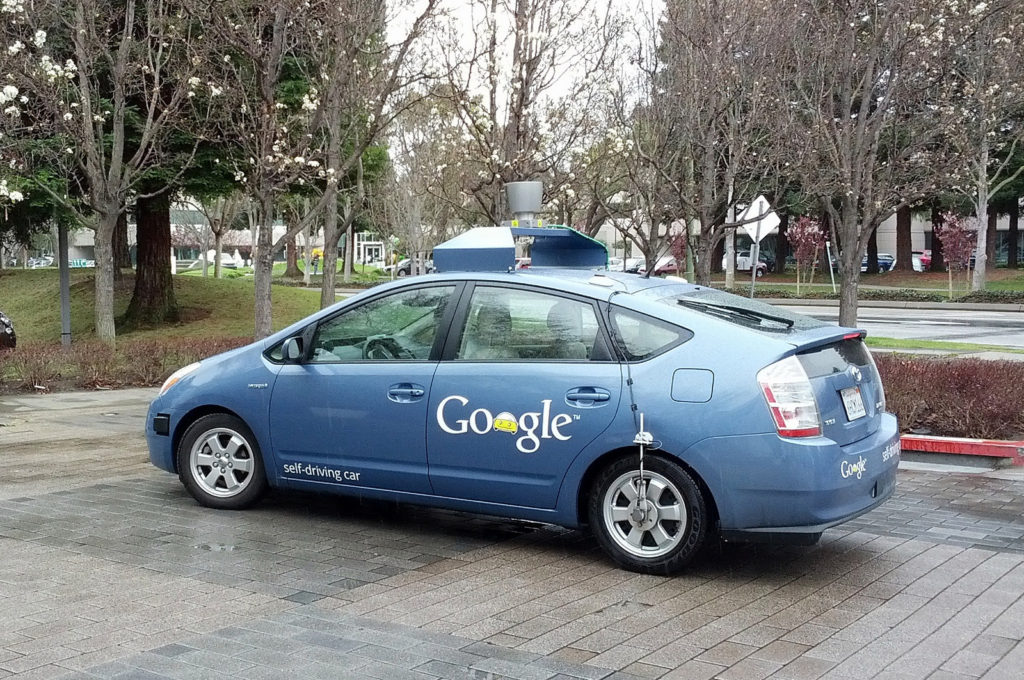
Automated cars are coming, but they face many challenges in sharing the roads with human drivers. The on-board sensors in these cars are very effective in many ways, but they cannot see around corners or see through buses or trucks. They won’t know if six cars ahead, someone has slammed on their breaks leading to a chain-reaction collision. Of course, human drivers have the same problems.
But there is a technology coming that will make a big difference for both automated and human-driven cars: V2V, or vehicle-to-vehicle communication. This refers to the ability of cars to wirelessly share data including their speed and position in real time.
Many cars these days have adaptive cruise control, which tracks the position of the car in front of it and adjusts speed accordingly. With V2V technology, there will be connected cruise control that tracks more vehicles than just the car in front of it.
Tests of V2V systems on public roads have demonstrated its effectiveness in dealing with the chain-reaction braking situation I just mentioned. An automated vehicle using connected cruise control was able to brake with 60% less of the G-force required for a safe stop with a human driver. Whereas an adaptive cruise control would only start to brake when the car immediately in front started to brake, a connected cruise control would start breaking as soon as it received data from the car up ahead that started the whole thing.
In driver’s education, we are all taught to be aware of everything in our environment while at the wheel. If our cars can be equipped to know where all nearby vehicles are and what they are doing, the roads will be a far safer place whether we are driving, or the car is driving itself.
**********
Web Links
How even one automated, connected vehicle can improve safety and save energy in traffic
Photo, posted March 13, 2012, courtesy of Travis Wise via Flickr.
‘V2V and Safer Cars’ from Earth Wise is a production of WAMC Northeast Public Radio.
Leave a Reply